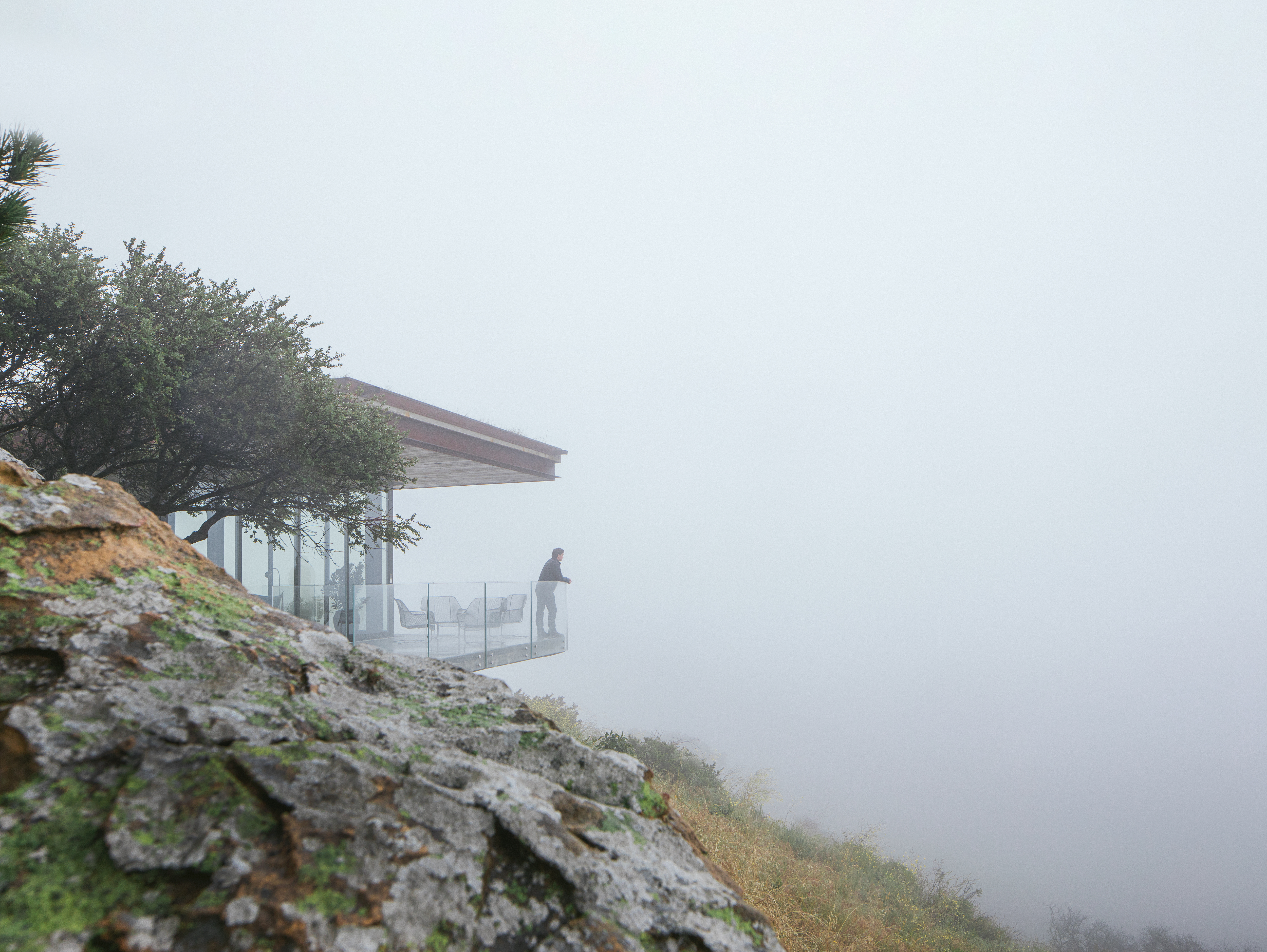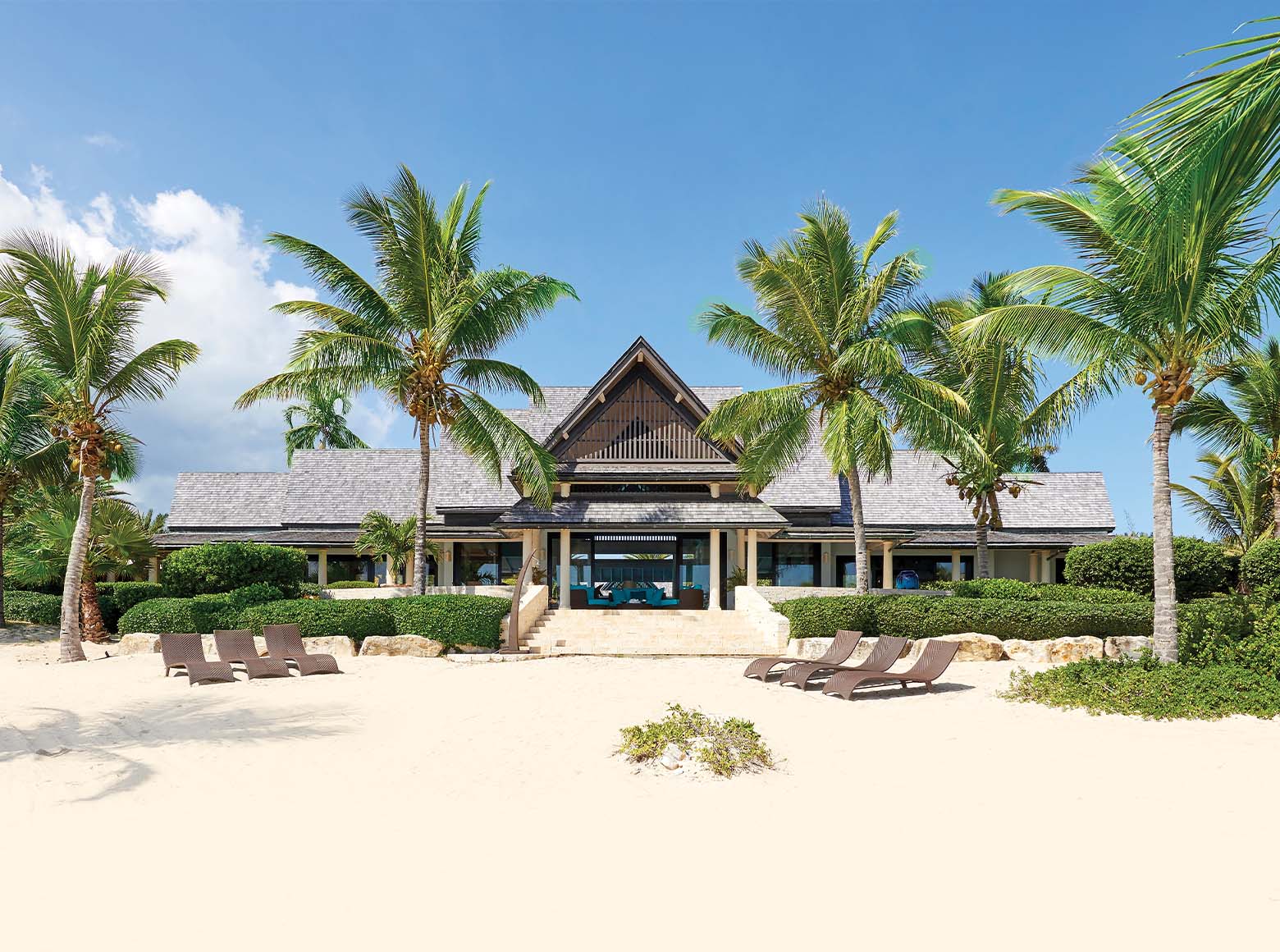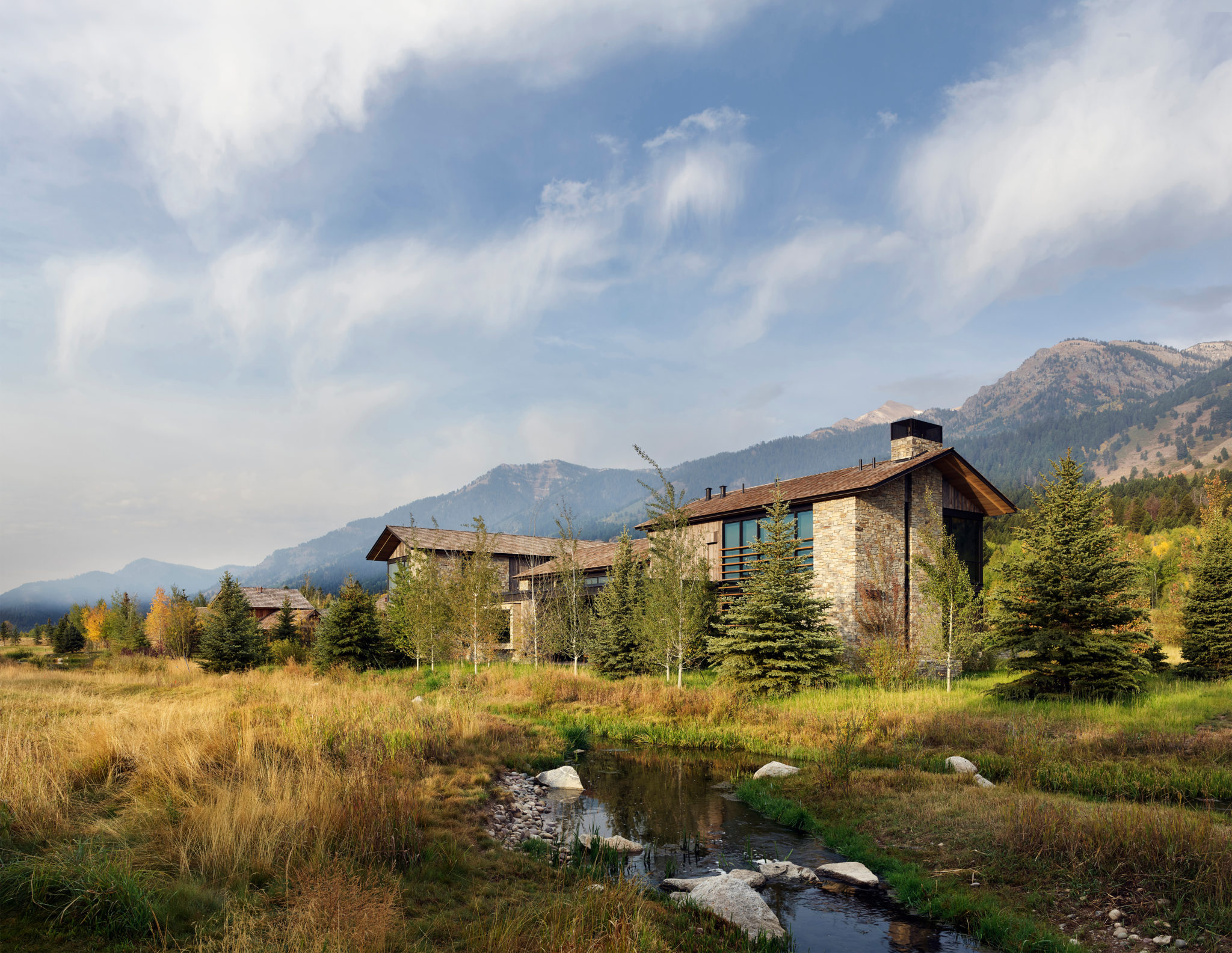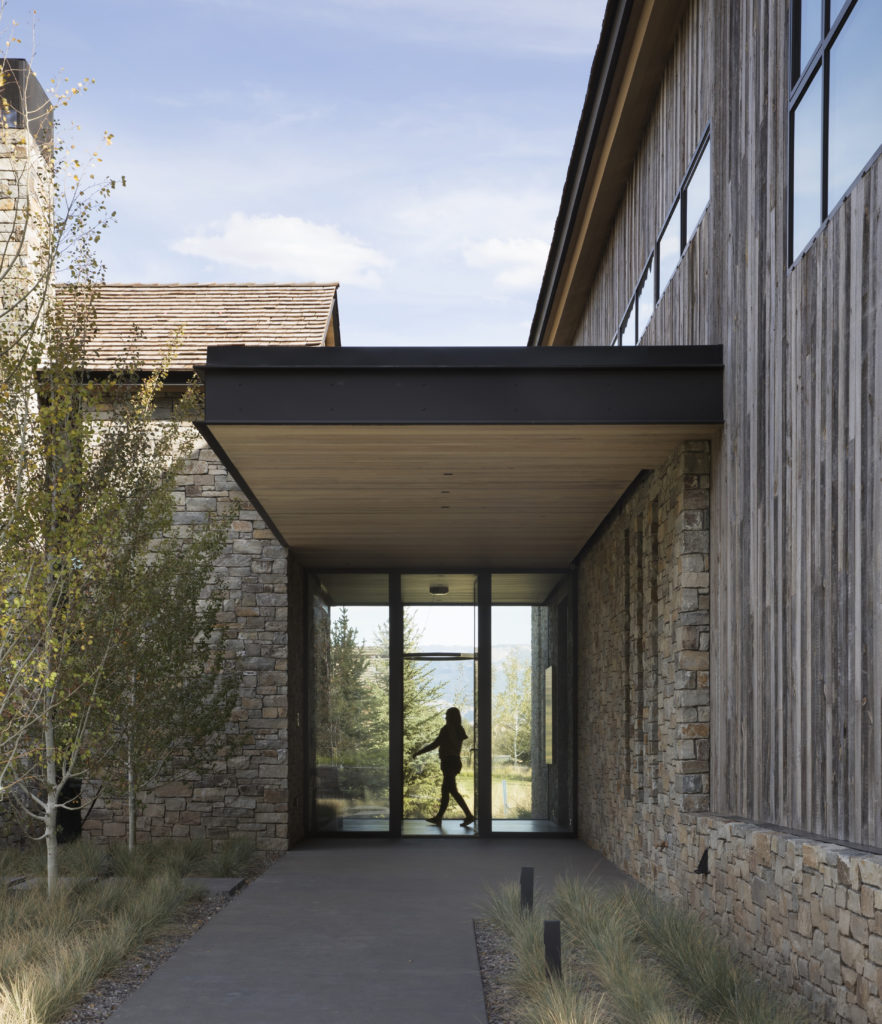December 7th, 2021

Off-Grid Guest House – Central Coast, California. Courtesy Anacapa Architecture and Erin Feinblatt
By all accounts, 2021 is a year of change. People moved from the cities to the suburbs, from rentals to ownership, from warmer to cooler climates and back. As it turns out, periods of migration are ideal ones to cover architecture, as our conversations for all three issues of Bespoke Luxury Magazine this year have slowly revealed a subtle but emerging trend: the rise of living spaces whose very architecture and design call on nature.
In our last edition, The Prosperity Report, landscape designer Ed Hollander and interior architect Andrew Sheinman spoke to the rise of transitional homes that have foldable glass walls and identical tiling of kitchen floors and patios to create seamless flow. In Welcome Back, on page 138, we cover how biophilic architecture firm CookFox uses natural elements to promote wellness and productivity in their projects.
We sought to dig deeper into this trend, one that starkly contrasts the ultra-minimalism of the last several years, speaking with several leading architects whose work pioneer biophilic design. Claudio Silvestrin, a renowned architect whose portfolio includes designing Kanye West’s New York loft and the Calvin Klein and Giorgio Armani stores, does not see biophilic architecture as a trend at all.
“Biophilia” is defined as an innate and genetically-determined human affinity for the natural world.

Villa Dol, Pointe Milou St. Barths, F.W.I 6,425 SF+/- | 5 Beds | 6F/1H Baths BespokeRealEstate.com Bespoke Exclusive. $33,950,000
It is not just decorative, he believes, but rather will become increasingly crucial for health. “The ability to see stars and trees may stop being seen as decoration or romanticism, but as essentials, like sinks and windows,” says Silvestrin. Todd Tyler, Senior Interior Designer at Studio IDC and designer of a number of residences on Jumby Bay Island in Antigua, agrees: “While there’s ebb and flow, I do not believe it’s going to evaporate,” he says. Instead, it is the philsophy desginers are coming back to “to rediscover what is intuitive and plainly obvious: connecting with nature directly, indirectly and physiologically can provide tremendous health and wellness benefits,” he says. “Biophilic design is riddled with good habits by professionals to make choices for the betterment of those we design for.”
Mark Rusitzky, Partner at CookFox and lead designer on Google's new Chelsea building, as well as One Bryant Park, the first commercial high-rise to obtain LEED Platinum Certification, cites a vivid memory at a biophilic design conference. They gave everyone a disposable sticker sensor that they placed on their hands, he says. They then played a video of a traffic jam, followed by a serene forest with a bubbling river. When each person looked down, the sensor indicated a reduction in their cortisol levels.
“The ability to see stars and trees may stop being seen as decoration or romanticism, but as essentials, like sinks and windows.”
Claudio Silvestrin Founder – Claudio Silvestrin Architects

Lazy Lizard Private Residence – Jumby Bay Island, Antigua. Courtesy Bespoke Luxury Marketing
“While no one needs a sticker to remind us that a traffic jam is more stressful than being in a forest, what it does remind us is that there are elements we can capture from the natural world: acoustics, lighting, smells–there are even carpet tiles that mimic a forest floor–that can measurably impact your stress and cortisol levels.”
One example, Blaze Makoid’s recent project Shooting Star, in Jackson Hole, Wyoming, has a long, covered walk that leads to a single-story, glass entry hall that both links and divides two, 2-story wings, using natural elements to “bring people together as well as separate them over the course of a workday.” Makoid, the Founding Partner of BMA Architects whose portfolio includes projects in the Hamptons, South Florida and Wyoming believes in reflecting not just physical elements of nature, but time too.
Shapes in architecture or furniture that mimic patterns found in nature boost activity in the parasympathetic nervous system, signaling a state of relaxation to the body.


Shooting Star – Jackson Hole, Wyoming. Courtesy BMA Architects
Clients must understand not just “how they envision using a house through different seasons, but during the course of the day,” Makoid says. Another example is Anacapa Architecture’s recent project just north of Santa Barbara, a guest house detached from an existing property, whose floor-to-ceiling glass sliding doors and wooden panels are meant to blend seamlessly with the landscape.
Both the main and guest houses run entirely off the electric grid, and are outfitted with solar-powered water heating and treatment systems. “Younger generations really will want the best of both worlds,” says Silvestrin. “The city, as well as elements of serenity, where you have nature on your doorstep while still having access to every opportunity the city has to offer.”
A “photon shower”, or an intense burst of natural light taken in each day, helps boost alertness and improve sleep at night.

Off-Grid Guest House – Central Coast, California. Courtesy Anacapa Architecture and Erin Feinblatt





